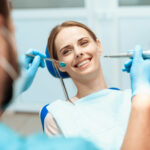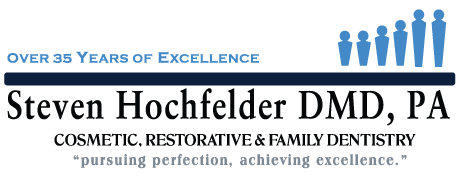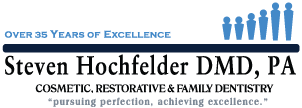 Periodontal disease needs to be taken seriously. This bacterial infection of the gum tissue can wind up having a disastrous impact on your dental health. Thankfully, early diagnosis and restorative dentistry treatment can bring this problem under control.
Periodontal disease needs to be taken seriously. This bacterial infection of the gum tissue can wind up having a disastrous impact on your dental health. Thankfully, early diagnosis and restorative dentistry treatment can bring this problem under control.
The team at our Lake Mary, FL dental care center would like to consider the stages of gum disease, the symptoms and warning signs associated with them, and what you can do to prevent periodontal disease from happening.
Gingivitis
Gingivitis is the earliest stage of gum disease. It’s an early form of gum inflammation, and if it is not diagnosed and treated, it can lead two much more serious stages of periodontal disease and further dental health issues.
Symptoms of Gingivitis
Symptoms of gingivitis include:
- Puffy or swollen gums
- Reddening or darkening of the gums
- Bleeding gums
- Irritation of the gumline
- Tender gums
- Bad breath
Treatments for Gingivitis
Since gingivitis is an early stage of gum disease, treatment is relatively simple. Antiseptic rinses and antibacterial toothpaste may be used to control the infection of the gum tissue. A dentist can also perform root planing and scaling, a deep cleaning procedure that helps remove plaque and tartar buildup from around the gumline, which prevents future gum disease.
Periodontitis
The next stage of gum disease is known as periodontitis. This more serious level of gum inflammation has serious impact on your overall dental health and wellness, and requires proper care for your dentist.
Symptoms of Periodontitis
The symptoms of periodontitis include:
- Severe swelling of the gum tissue
- Gum recession
- Sensitive teeth
- Sore and painful gums
- Extreme gum discoloration
- Loose/wiggly teeth
- Changes in tooth alignment
Treatments for Periodontitis
When treating periodontitis, dentists will also recommend that patients use antiseptic rinses and antibacterial toothpaste to help bring the infection under control. In addition, antibiotics may be prescribed to help control overall bacteria in the body.
To repair the damage directly, gum grafting may be performed. This will replace the missing gum tissue with donor soft tissue or artificial gum grafts, rebuilding a gumline following gum recession.
Advanced Periodontitis
The most severe stage of gum disease, advanced periodontitis impacts the health of the gums, the teeth, and other structures of the mouth. The bacterial infection may have spread significantly at this point.
Symptoms of Advanced Periodontitis
The symptoms of advanced periodontitis include:
- Extreme pain of the teeth and gums
- Severe swelling of the gums
- Changes in tooth spacing
- Tooth loss
Treatments for Advanced Periodontitis
When treating advanced periodontitis, a dentist must enact a major restorative treatment plan that bring the infection of the gum tissue under control and addresses the dental problems associated with severe inflammation. Antiseptic rinses, antibiotics, and gum grafting will be involved. A full mouth restoration may be required as well.
Tips for Preventing Gum Disease
To prevent gum disease and to protect your smile, consider these dental health tips:
- Brush your teeth at least twice a day (ideally after every meal)
- Floss your teeth at least once a night (ideally after every meal)
- Avoid smoking and the use of tobacco products
- Eat a healthy and well balanced diet
- Drink water throughout the day to hydrate
- Visit your dentist twice a year for regular checkups
Learn More About Periodontal Care
If you would like more information about treating and preventing gum disease and improving your periodontal health, be sure to contact an experienced cosmetic and restorative dentist. Dr. Steven Hochfelder is here to help you and provide insight into the many dental care options available.














